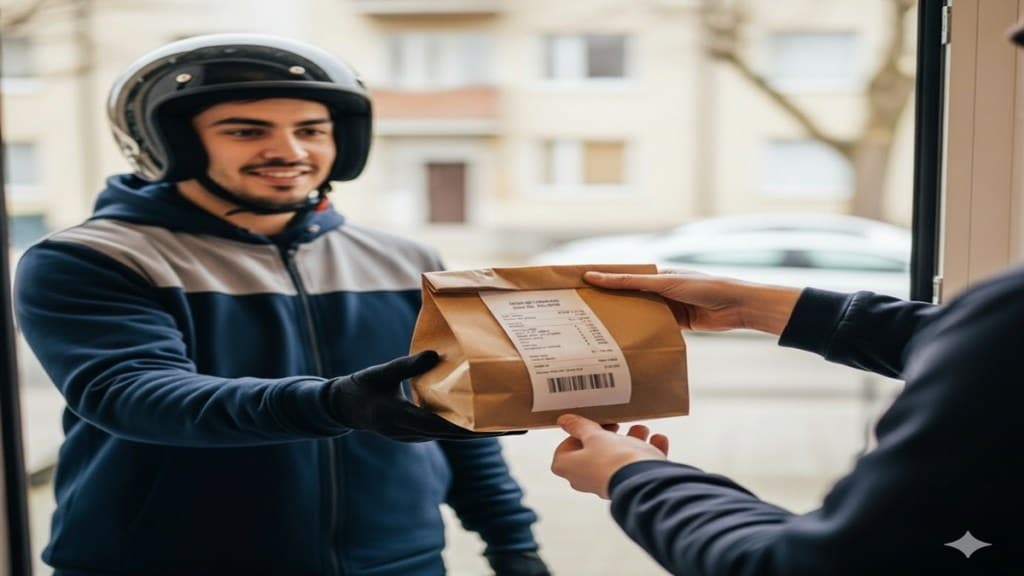While most daily-use items got cheaper due to the recent GST rejig by the Centre, your food orders got a little costlier. Effective September 22, local e-commerce delivery services have come under section 9(5) of the Central GST Act, meaning GST is applicable to delivery services, including those by food delivery players. Meanwhile, a new charge ‘Rain Fee’ levied by food delivery apps is doing the rounds on social media.
A food bill that went viral showed that Rs 25 was charged as “Rain Fee” from a customer on food delivery, as he ordered food when it was raining outside. This charge further attracted an 18% GST, bringing the total amount to Rs 29.50 in the name of “Rain Fee”. This unexpected fee has surprised netizens, as they had never seen such a charge and tax before.
Previously, this delivery charge was often considered a “pass-through”, meaning the customer’s payment went directly to the delivery partner. But now, it is a “taxable service.” As soon as it became taxable, a new element was added to the bill — any fee on account of service would attract 18% GST.
Viral food bill on social media
The customer shared the bill for food ordered. A ‘Rain Fee of Rs 25’ was added, along with GST of Rs 4.50. The total bill increased by Rs 29.50 solely due to rain.
The user jokingly wrote: “After historic GST reforms, even Lord Indra has been brought under the tax net. Now when it rains, you get ₹25 Rain Fee + 18% GST = ₹29.50.”
This post on ‘X’ sparked a flurry of reactions. Some users complained, others questioned the logic, a few justified the charge, while many wondered how food orders could attract such a bizarre fee with GST on top. Most responses, however, were laced with humour.
One user wrote: “The so-called “rain fee” isn’t some joke, it’s what actually incentivizes drivers to step out in heavy rain and still get your order to your doorstep. If we really want to complain about extra handling charges, focus on the shady fees that platforms sneak in, not the one fee that directly supports the people braving the weather.”
Another user complained: “Same food Pre GST rate cut was cheaper and now it has become costlier. I had also posted few images from both Swiggy and Zomato. They have increased their delivery fee, Packaging fee etc”
The third user’s sarcasm was even more interesting:
“Pick up that phone and dial your local Kirana store. He still does free delivery. What kind of people are you guys? Who has any mind at all?”
And someone offered a glimpse into the future: “Next coming up: Calling bell fee; Petrol/diesel/gas fee; Riders vehicle EMI fee; Potholes avoidance fee; Traffic wait fee”
GST scenario: The difference between before September 22 and now
Before September 22nd: Delivery charges were often passed directly to the delivery agent. This was not explicitly taxable under Section 9(5).
After September 22nd: All local delivery services are now covered under Section 9(5) and are subject to 18% GST. This means delivery charges are no longer a tax-free pass-through, but a taxable service.
GST rejig impact on the wallet
The implication is clear: Billing for food orders and online shoppers now is more expensive. Whether delivery apps pass on this additional tax to customers or bear it themselves, costs are bound to increase in both cases.
So, next time it’s raining outside and you feel like ordering something from a restaurant nearby, remember — the rain won’t just be enjoyed on the roof, but also on your bills.

